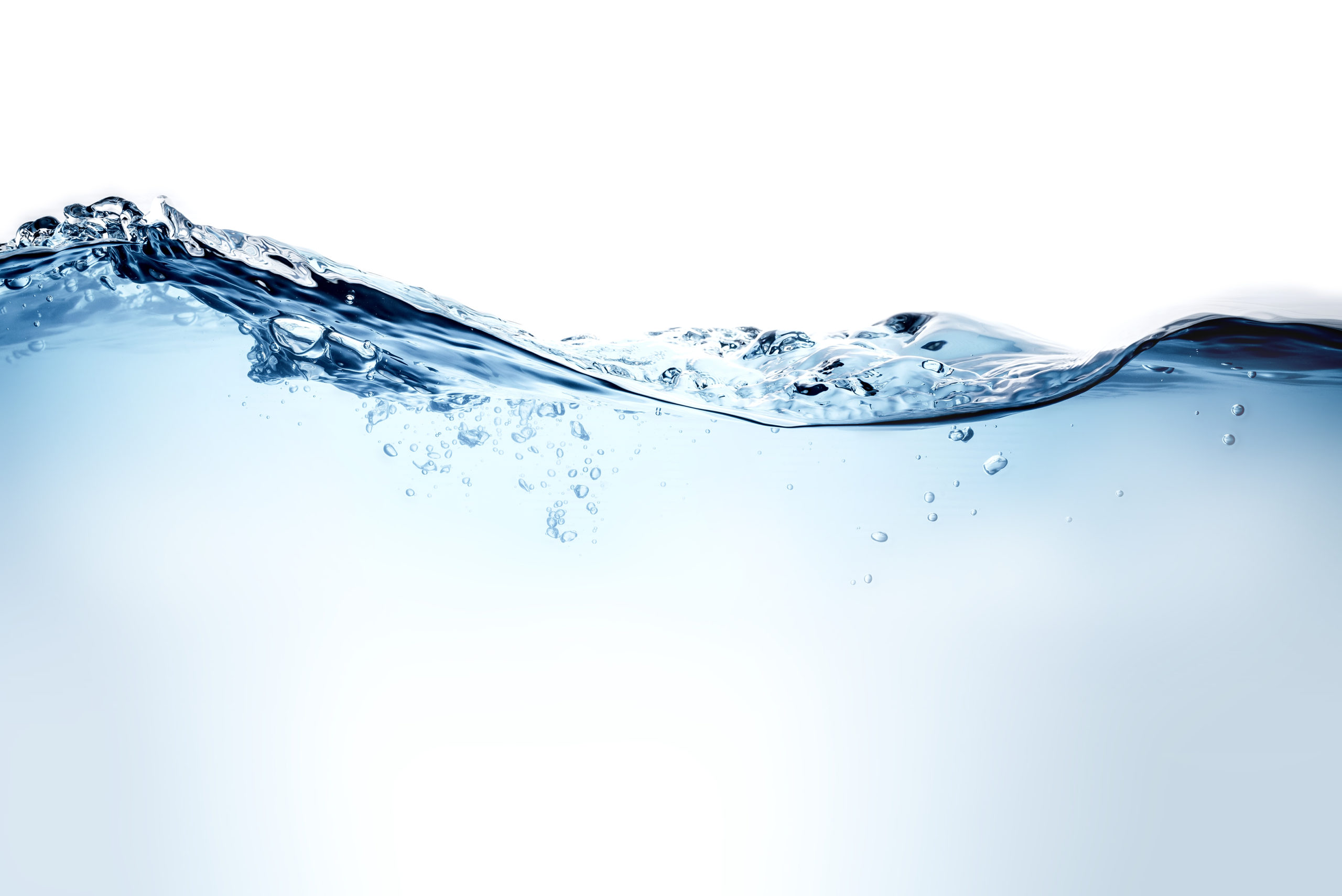Water Damage Is The Most Common Claim, But There Are Simple Ways You Can Prevent Losses.
Water damage is more than a ‘frozen pipes problem.’ It’s a real concern that many homeowners overlook. Refrigerator icemaker failures. Leaky toilets. Dry-rotted washing machine hoses. HVAC condensation. Little drips over time that can deteriorate drywall.
In a strange coincidence, 71% of the world is covered in water—and 71% of the claims we see are related to water damage. Your home is seven times more likely to be damaged by water than fire. And if you have water claims – even small ones – during a three-year period, your insurance carrier could increase premiums or change the terms of your policy, limiting future payouts due to similar claims.
These proactive steps can help you Be Sure.
TURN UP THE HEAT
Our fluctuating weather patterns are resulting in more extreme up-and-down, freeze-and-thaw conditions than normal for the Mid-Atlantic. If you use your coastal property as a second home and won’t be there for a while, set your thermostat to at least 55°. Nobody’s thinking about heat when they leave a vacation home and it’s 75° outside, but many policies exclude coverage if the heat is not maintained.
REMEMBER THE ‘LITTLE THINGS’
Small water claims are daily life accidents and might seem insignificant— until the bill for damage arrives.
For example, someone in the house neglects to shut the freezer door all the way. It defrosts and creates water puddles that damage your floor.
Another scenario: You pull the refrigerator away from the wall to clean behind it and the ice-maker water hose comes loose and slowly leaks water. By the time you find the leak, the damage has already been done.
Hot water heater failures are another common cause of water damage. By replacing appliances per manufacturers’ recommendations rather than waiting for them to fail, you can avoid costly claims and repairs.
An easy, preventive task that can prevent a burst pipe: turn off the water flow to hose bibbs and remove hoses before freezing temperatures arrive.
EXPLORE SENSOR TECHNOLOGY
Remote monitoring detects water leaks using wireless sensors. When water pressure changes in a pipe, the system can notify you and/or shut off the water. These monitors help save on your water bill and can quickly minimize damage. There are off-the-shelf solutions for sensors that a plumber can install within the main shut-off valve. And don’t forget to regularly check your main shut-off valve to be sure that no water is able to get through when the valve is closed.
Reclaim some peace of mind with these simple steps. Basic preventive maintenance can save you from water damage and claims that could drive up premiums.
‘Be Sure’ Checklist
- Assess appliances and replace them before they reach the end of their useful life.
- If you won’t be in the home for a while, set the heat to 55°.
- Consider new sensor technology that can detect leaks.
- Talk to your insurance advisor to understand the water-related claims your current policy will cover—and what it may exclude.








